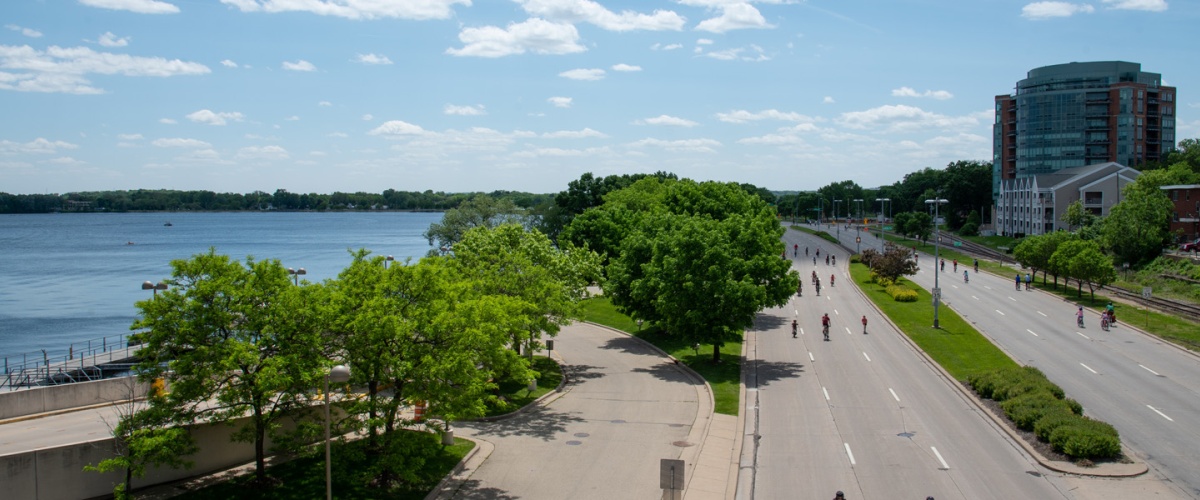Urban Forestry Planting 1,600 Trees in Spring 2024 (corrected)
Archived News Release
This news release is archived and might not be accurate anymore.
Urban Forestry’s spring planting season began today, Monday, April 8, 2024.
Crews will be planting 1,682 trees from 27 different species along City of Madison streets this spring.
The variety of species was selected by the City’s trained arborists to ensure a diverse and resilient canopy that can thrive in our urban landscape, benefiting us all.
The spring planting will occur throughout the city, including on the isthmus.
Overall, the spring planting is expected to continue through the end of the month.
Upon the conclusion of the spring planting season, Urban Forestry crews then return to pruning and other tree care operations. In the fall, there will be a second round of planting.
New Tree Care
If you were one of the fortunate residents to receive a tree in the right of way space in front of your home, please be sure you are following the new tree care advice on the City of Madison Urban Forestry website, and please help keep the young tree watered.
Additional Information
If you have additional questions about Urban Forestry operations, please go to www.cityofmadison.com/Forestry or call the Urban Forestry office at 608-266-4816.
Correction: The previously published version of this news release misstated the number of trees that will be planted this spring. Originally, the release stated 1,374 trees would be planted. There was an administrative error that resulted in under counting the actual number of plantings. We apologize for the mistake.






